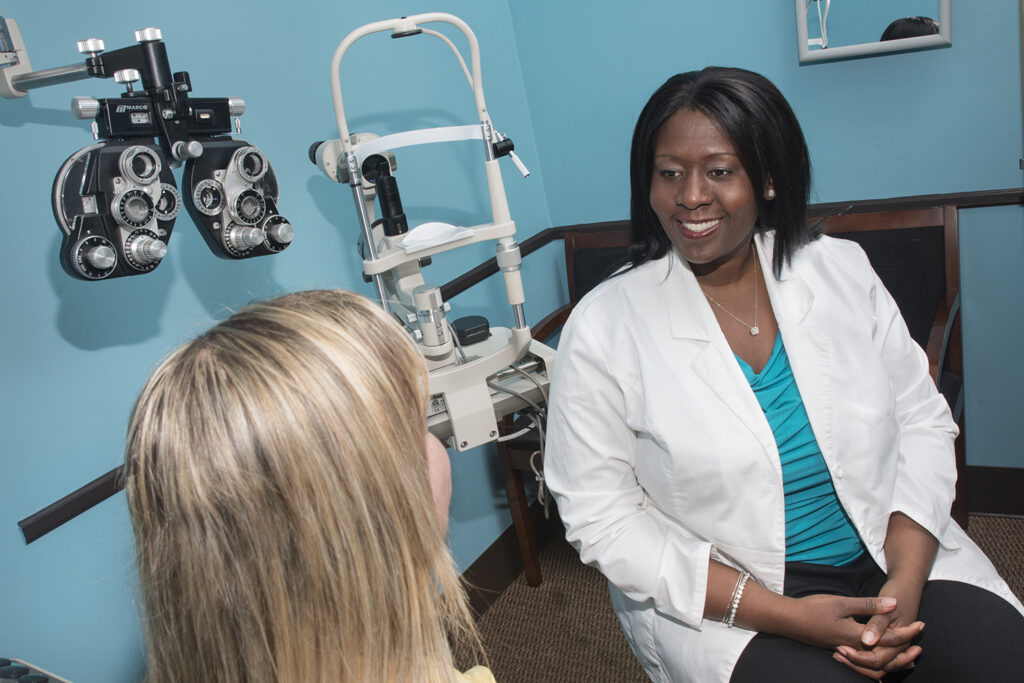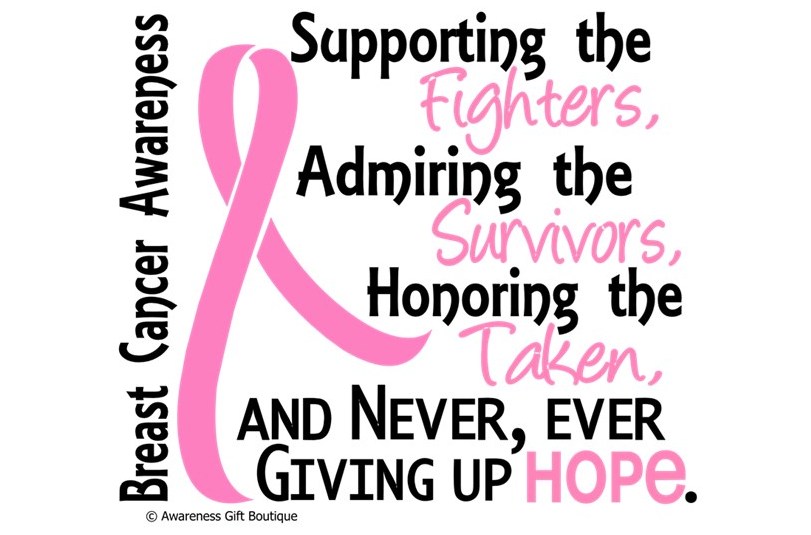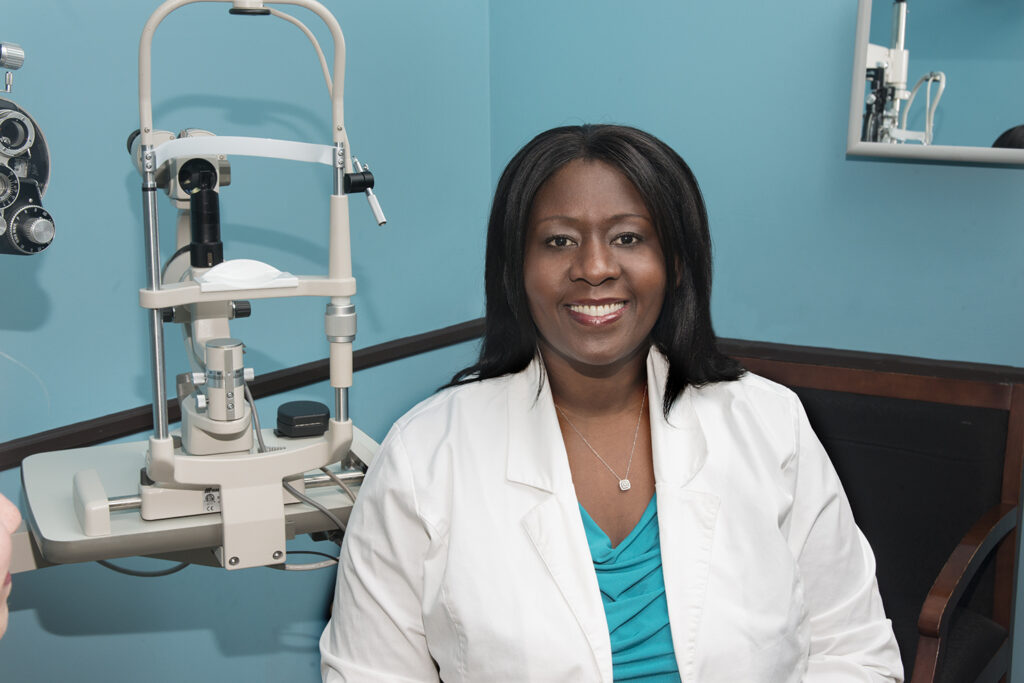Cataract Awareness Month: Seeing the Light Through Early Detection and Treatment

June is Cataract Awareness Month, a crucial time to shed light on the leading cause of vision loss worldwide. Cataracts affect millions of people, yet they are often misunderstood or overlooked until they significantly impair vision. For women optometrists and their patients, raising awareness about cataracts can lead to early detection, effective treatment, and the preservation of sight.
Understanding Cataracts
Cataracts occur when the natural lens of the eye becomes clouded, leading to blurred vision and, if left untreated, blindness. They develop gradually, making it easy to ignore the early symptoms. However, with timely intervention, cataracts can be treated effectively, restoring clear vision and enhancing the quality of life.
Inspirational Stories of Overcoming Cataracts
John Glenn: The first American astronaut to orbit the Earth, John Glenn, faced cataracts later in life. Despite the challenges, he underwent successful cataract surgery, which allowed him to regain his vision and continue his work. His story is a powerful reminder that even those who have achieved great heights can face vision problems, but they can also overcome them with proper treatment.
A Personal Patient Story: Consider a patient, Mary, a 65-year-old woman who loved to read and knit. Over time, she noticed her vision blurring, making her favorite activities difficult. After a visit to her optometrist and a subsequent cataract diagnosis, Mary underwent surgery. The procedure was a success, and she was able to enjoy her hobbies once again. Mary’s experience highlights the life-changing impact of cataract treatment.
Psychological Insights into Cataract Awareness
Fear and Denial: Many individuals fear losing their vision, leading to denial about symptoms. According to Dr. Gary S. Schwartz, a clinical psychologist, acknowledging these fears and addressing them with accurate information can encourage patients to seek help. Overcoming fear is the first step towards treatment.
Empowerment Through Education: Education empowers patients. When patients understand what cataracts are, their risk factors, and the effectiveness of treatment options, they are more likely to take proactive steps. A study published in the Journal of Behavioral Medicine found that health education significantly improves patient outcomes by promoting early detection and adherence to treatment.
Key Facts About Cataracts
- Prevalence: Over 24 million Americans aged 40 and older have cataracts. By age 75, approximately half of all Americans will have cataracts.
- Risk Factors: Age, diabetes, smoking, prolonged exposure to sunlight, and family history are significant risk factors.
- Symptoms: Blurred vision, difficulty seeing at night, sensitivity to light, seeing halos around lights, and frequent changes in prescription glasses are common symptoms.
- Treatment: Cataract surgery is one of the most common and successful procedures, with a high success rate in restoring vision.
Empowerment Strategies for Women Optometrists
- Patient Education:
- Host informational sessions or webinars to educate patients about cataracts, their symptoms, and the importance of early detection.
- Use social media platforms to share facts, patient stories, and success rates of cataract surgeries.
- Screening and Prevention:
- Encourage regular eye exams, especially for patients over 40 or those with risk factors.
- Promote protective measures such as wearing UV-protective sunglasses and managing health conditions like diabetes.
- Building Trust:
- Develop a rapport with patients by listening to their concerns and providing clear, empathetic communication.
- Offer resources and support for patients who may be anxious about the diagnosis and treatment process.
- Community Outreach:
- Partner with local organizations to offer free or low-cost eye screenings.
- Participate in community health fairs to raise awareness about cataracts and other eye health issues.
Conclusion
Cataract Awareness Month is a vital opportunity to educate and empower both optometrists and patients. By spreading awareness about the signs, risk factors, and treatment options for cataracts, we can help ensure that more people receive the care they need before their vision is severely affected.
For women optometrists, this month is a call to action to lead by example, offering support, education, and encouragement to those at risk. Let’s work together to illuminate the path to clearer vision and a brighter future for all.
Remember, early detection and treatment of cataracts can be life-changing. Let’s make this Cataract Awareness Month a beacon of hope and knowledge, guiding our patients towards better eye health and a better quality of life.
Top image used under CC0 Public Domain license. Image cropped and modified from original.
The content on this blog is not intended to be a substitute for professional medical advice, diagnosis, or treatment. Always seek the advice of qualified health providers with questions you may have regarding medical conditions.






Responses